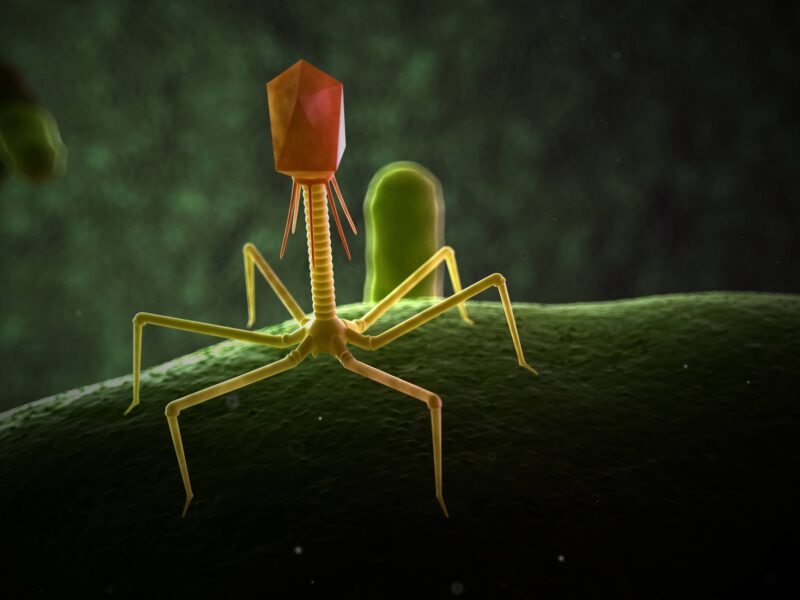TTI, EPA Team Up With Transportation Services To Analyze Texas A&M Transit Fleet Performance
 The Texas A&M Transportation Institute (TTI), in cooperation with the U.S. Environmental Protection Agency (EPA), recently kicked off a project to study the drive cycles of the Texas A&M University fleet buses that serve the campus and surrounding areas. The agencies are working together through a cooperative research and development agreement (CRADA).
The Texas A&M Transportation Institute (TTI), in cooperation with the U.S. Environmental Protection Agency (EPA), recently kicked off a project to study the drive cycles of the Texas A&M University fleet buses that serve the campus and surrounding areas. The agencies are working together through a cooperative research and development agreement (CRADA).
“Texas A&M Transportation Services is excited to collaborate with our partners on such an important and far ranging research project,” said Associate Vice President Peter Lange, Transportation Services. “Providing opportunities to collect important data through advanced technologies has the potential to improve the overall efficiency of our transportation systems and lessen our impact on the environment,” he said.
The research team will use portable activity measurement system (PAMS) devices plugged into 15 vehicles that will monitor the engine (speed, RPM, load, and other parameters) data along with GPS information in order to analyze the bus fleet drive cycles, and identify characteristics such as idle time and speed distribution. The PAMS loggers are small devices that plug into the vehicle and gather information that is being broadcast by the engine.
“The benefits from analyzing the drive cycles of the buses are the potential for fuel consumption and emissions reductions,” said Environment and Air Quality Division Head Joe Zietsman. “By analyzing the drive cycles, we will look to identify solutions that could lead to reducing the fuel consumption and emissions of the buses. These solutions could be more efficient route planning, changes in overall routes, or driver behavior training for more efficient driving.”
The PAMS devices will be installed in the buses for approximately 2–3 months for each vehicle, and the data will be downloaded on a weekly basis.
Beyond the local benefits and insight gained from this project, results from this study can potentially be used by the U.S. EPA to enhance EPA’s Motor Vehicle Emission Simulator (MOVES), a state-of-the-science tool that uses real-world data to estimate pollution from cars, trucks, buses, and other moving equipment. Data from this study will be used to test and potentially improve MOVES accuracy in simulating transit bus activity, leading to a better overall understanding of emissions from these vehicles.
The Texas A&M Transportation Services bus fleet study is part of TTI’s Campus Transportation Technology Initiative, which explores new technologies to advance campus transportation operations and future planning priorities. By partnering with companies to bring technologies and innovation to the forefront of the campus transportation ecosystem, Texas A&M and TTI desire to provide transportation solutions to enhance the quality of life for everyone on campus. The goals of this initiative include greater mobility, improved safety, enhanced connectivity and more efficient services.
“Texas A&M’s campus size (number of students and geographic scope) makes it comparable to a small city,” said TTI Senior Research Scientist Bob Brydia. “There is a large interest in understanding transit fleet operations and emissions, and this provides an ideal case study.”
Media contact: Rick Davenport, Texas A&M Transportation Institute.





